Announced earlier this year, the Orbea Katu is a funny-lookin’, one-size-fits-all urban bike that’s built around 20” wheels and comes in both e-bike and non-assist options.
After razzing about on the new Orbea Gain e-road bike for the afternoon, I took 45 minutes to blast around the car park of the enormous IFEMA exhibition centre in Madrid, trying out the hub-driven Katu-E 50 e-bike.
Orbea Katu-E 50 first impressions
Clambering aboard and setting off the dinky Katu is bound to put a smile on your face — you can’t help but feel a little clownish upon this oddly proportioned, pea-sized bike and adding a motor into the mix only makes the experience more amusing.
The handling of the bike is a little ‘unique’, not totally unlike a Brompton, but only takes a few moments to become accustomed to.
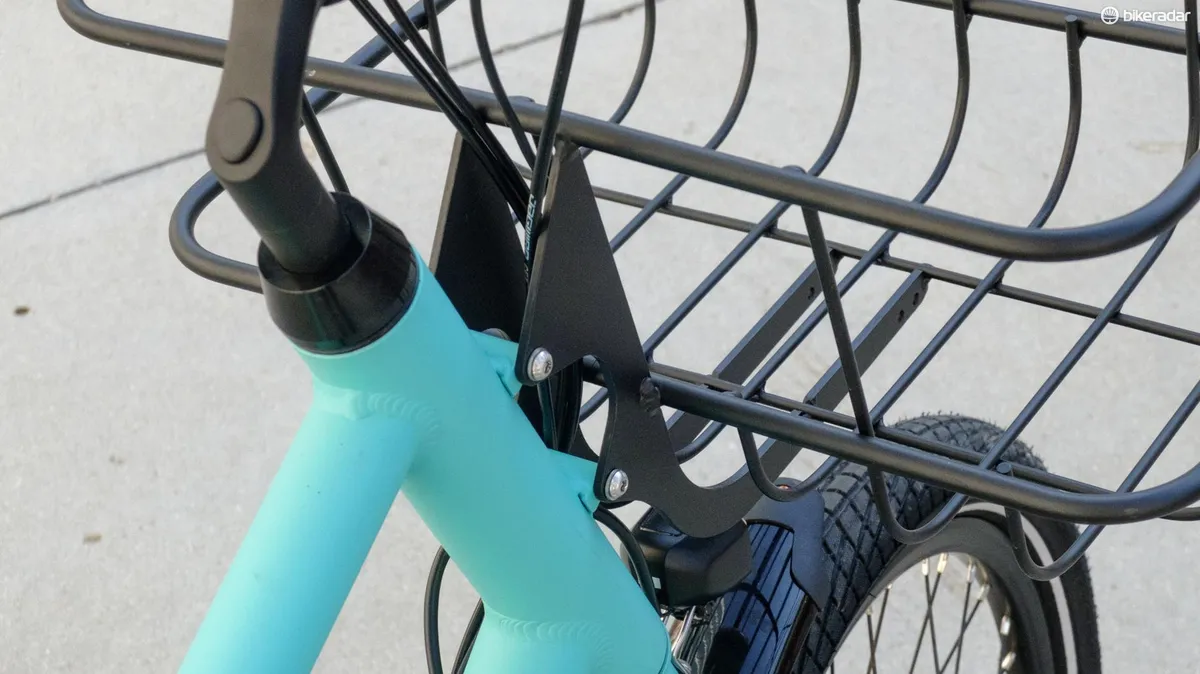
With that said, I did find riding the Katu a little bit unsettling at first as the basket is fixed to the frame, creating a rather distracting visual effect as you corner. How this would affect handling with a particularly heavy load remains to be seen.
Orbea doesn’t quote a maximum weight limit for the Katu’s front rack, but it’s a fairly burly unit and I reckon it’ll handle most normal loads without complaint.
Even at just shy of 6 ft tall, the one size-fits-all frame caused me no issues. The use of an easily adjustable quill stem should also mean that taller riders will be able to get the bars high enough for their needs.
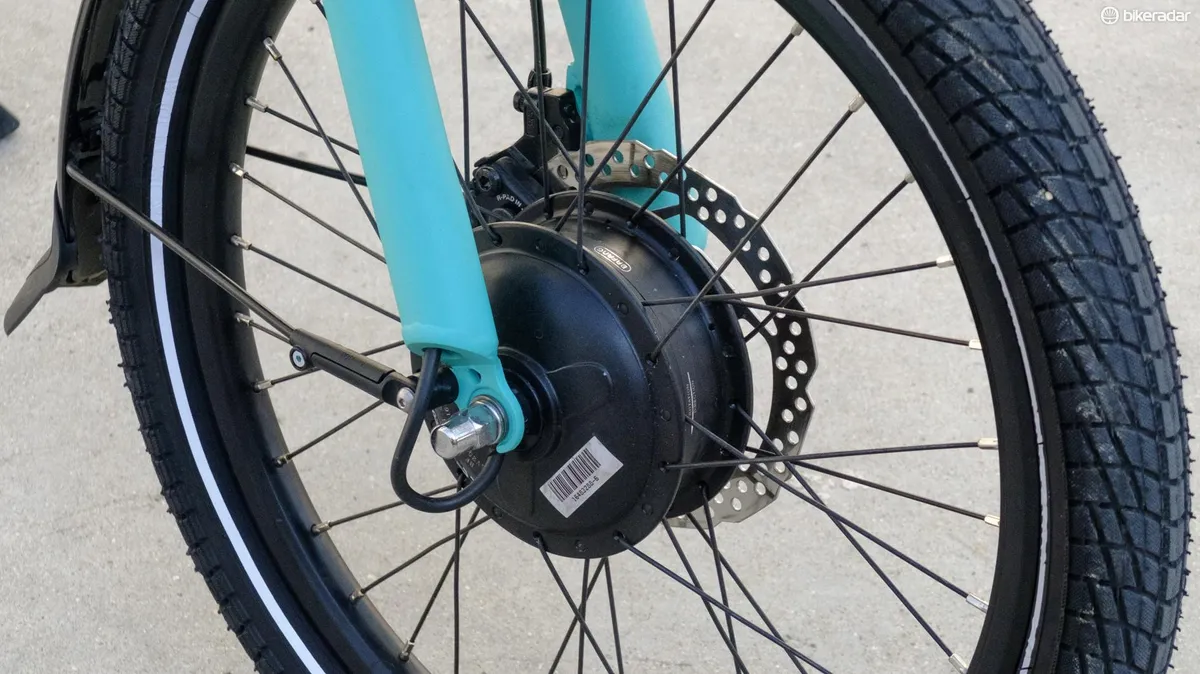
The original e-bike version of the Katu was built around a bottom bracket based motor, but the bike I tried uses a hub based motor from ebikemotion, the same company that produced the X35 motor system used on the Gain that I also rode on the trip.
The motor itself is actually a ‘catalogue’ (likely a catalogue we non-industry mortals can never see) model, but the remote and motor controller is designed and manufactured by ebikemotion in Spain.
When speaking to ebikemotion, it was keen to stress that making motors for e-bikes is actually relatively simple, and it’s the electronics that go into controlling them that sets different systems apart.
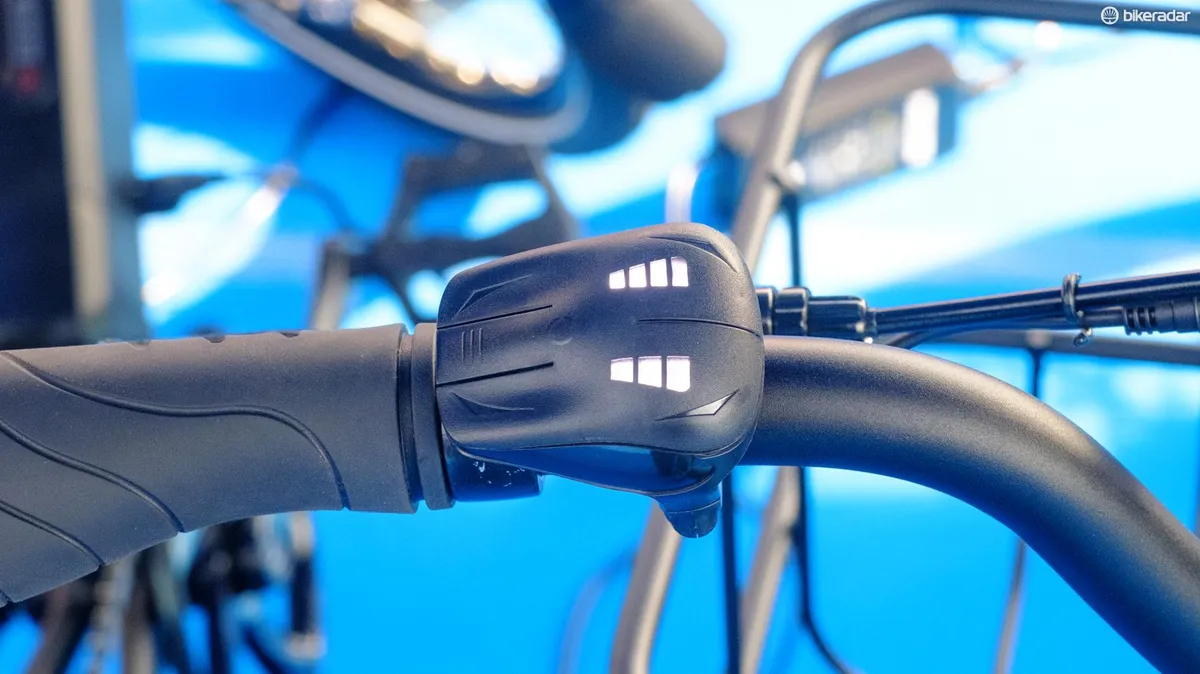
While I only had a short amount of time on the Katu-E, I found the ebikemotion system to be as powerful as any bottom bracket based motor, but power delivery isn’t quite as well refined — while you can easily alter the assistance levels via the pleasingly unobtrusive controller on the bars, delivery is a bit more on/off than more conventional systems.
With that said, being able to carefully feather power delivery is far less critical on an urban bike than, say, an e-mtb, so it probably won’t matter as much in practice.
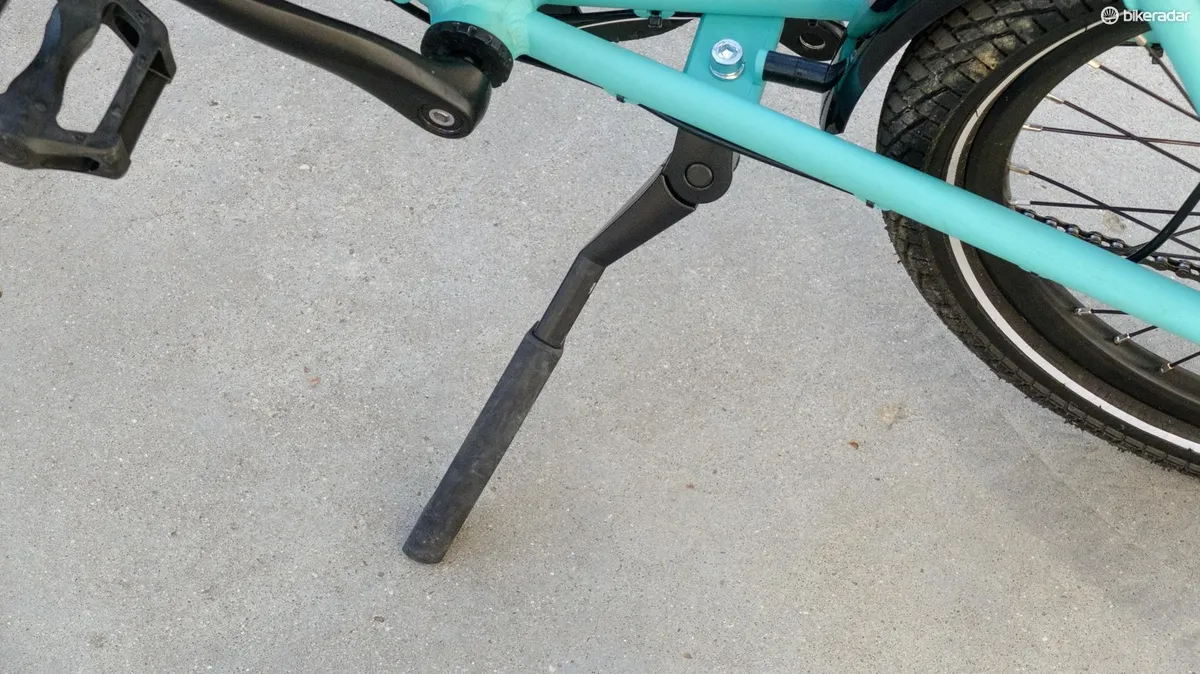
While I’m sure Orbea wouldn’t recommend such reckless behaviour, I also found that I could put that unrestrained power to good use; by putting the motor into the maximum assistance mode and tickling the pedals while leaning backwards, I could do rad motor-assisted tyre slides across the concrete surfaced car park, which made the most amazing tyre squeals.
If an e-bike was ever good for anything, this is it.
In all seriousness, though, the motor was more than powerful enough to to pull me along at a fair old clip, and I have no doubt that even with a basket filled to the brim with organically reared, locally curated, freshly sourced, bio aware, Instagram-friendly goodies (or a friend when you’re drunk), the bike will still plod along comfortably.
The Katu is a pleasingly quirky yet imminently practical bike
Making a sweeping assumption, I can foresee the Katu being used and abused by less cycling-savvy owners and think that building the bike around super-hardy 20” wheels is probably a wise move on Orbea’s part.
Unsurprisingly, the diminutive 20” wheels feel as though they get a little ‘hung up’ on rough ground, but the chunky 2.25” tyres help to mitigate this.
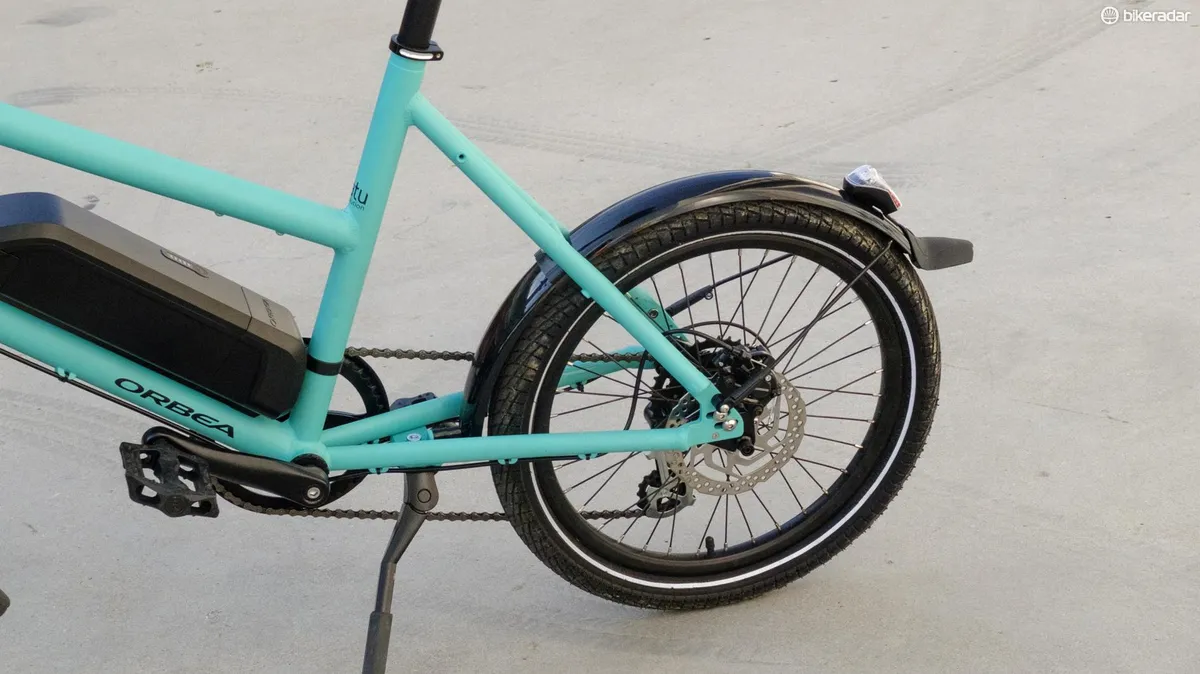
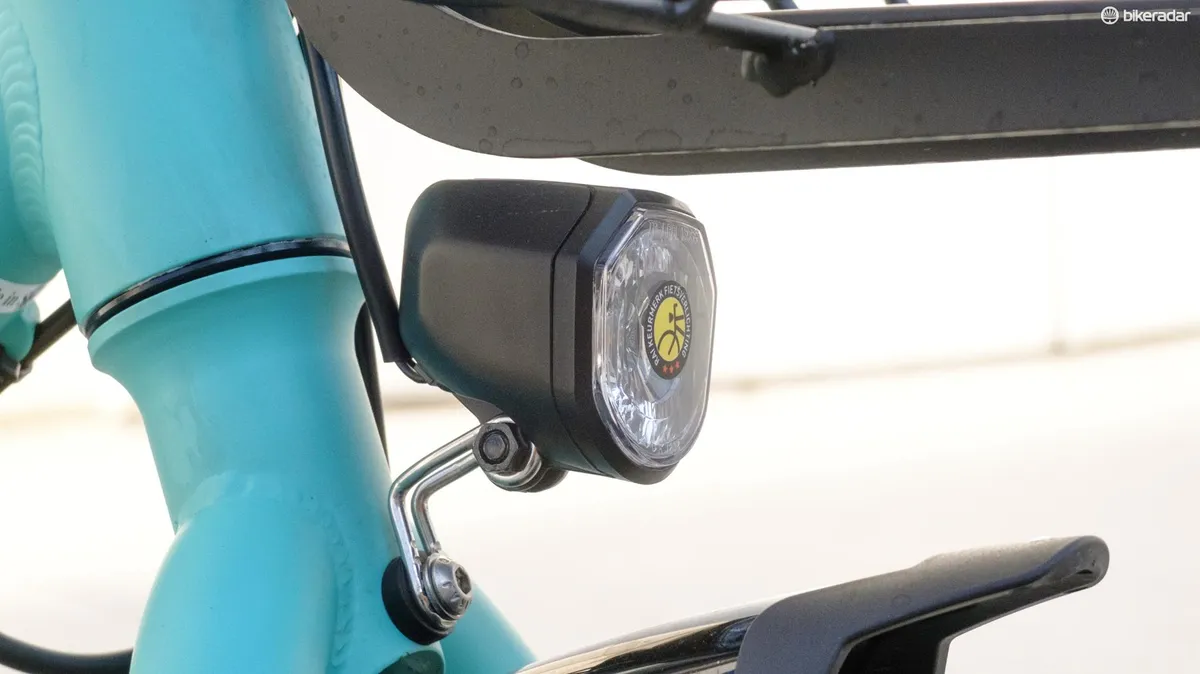
Full cover mudguards and integrated lighting further boost practicality.
Orbea Katu early verdict
The Katu is a pleasingly quirky yet imminently practical bike and I take my hat off to Orbea — a brand better known these days for it’s go-fast road and mountain bikes — for being bold enough to make something this unique.
The one-size-fits-all approach will irk some, but as Oli Woodman remarked in his review of the Trek Super Commuter+ 9, attaining a perfect fit is far less critical on an e-bike, and if you ask me, the Katu is the ideal platform for e-bike-ification.
The price for the entry level, non-assist bikes is also low enough that I can see this being a very popular option for those looking for a super compact but perfeectly competent urban grocery-go-getter.
While I haven’t spent nearly enough time on the bike to come to any kind of final conclusion, I really hope that I get the chance to spend more time on one, and that alone is saying something!
Orbea Katu and Katu-E availability
The Katu-E 50 version of the bike I tested briefly starts at £1,299 (about $1,740), with prices rising to £2,499 (about $3,350) for the Katu-E 10, which is built around a Shimano XT M8000 1x11 groupset and a STEPS motor.
The rim brake version of the non-assist bike starts at £349 (about $468) for a 1x8 Altus version of the bike, rising to £429 (about $575) for a bike with a 5-speed Sturmey Archer internal gear hub, integrated lighting and mudguards.
The disc version of the bike starts at £529 (about $709) and uses the same internal gear hub, but gains a dynamo hub. The top end version gets an 8 speed Shimano Nexus hub.
International pricing TBC.

